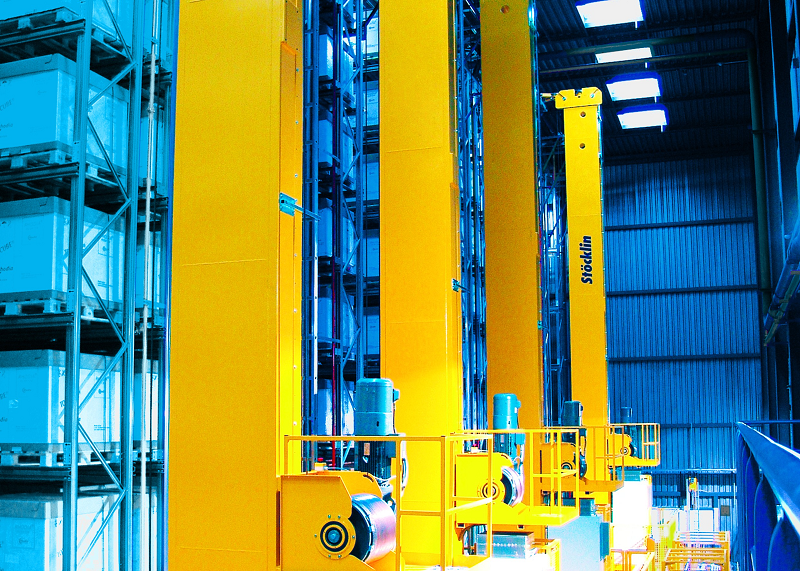! Make your DC Greener
Make your DC Greener
You know that how you design and build a new distribution center has a big impact on your efficiency. But did you also know that it has a big impact on the environment, as well?
And while some of the impacts are obvious like using an ASRS’ vertical reach, instead of impacting millions of square feet of linear space, you can build up and preserve more square footage, while affecting less of the environment, others are more subtle.
We want to share some less obvious tips that can help make your distribution center more environmentally responsible. In addition, these recommendations also have a positive impact on your bottom line.
1. Rotate
For instance, when your distribution center uses deep-lane storage you can rotate the pallet 90 degrees from standard so that the wide edge is leading. This decreases the number of vertical uprights in the racking and consequently your distribution center footprint. For every foot of footprint you eliminate, you pull out initial investment and ongoing operational costs for the overall project making your DC greener!
2. Buffer
Another way to minimize footprint is by eliminating the hydraulic buffer at the end of each rack. This removes a meter of length on each rack. This will enable both footprint savings and economic savings for your company.
Footprint reduction is not the only way to reduce the impact on the environment, we can make energy savings as well.
3. Braking
Regenerative braking helps reduce energy consumption. This is probably most familiar to people who own electric cars. With this tactic, the deceleration of the cranes generates energy and returns it to other parts of the crane that need energy or to the grid, if that energy is not needed. This returns energy with every return of your shuttle.
4. Transportation
Using an ASRS typically improves the productivity of operators. While this doesn’t necessarily have a direct impact on the environment, it helps create a greener DC. With fewer employees having to commute to work, this translates to your facility doing more for every mile.
5. Fuel Source
In a standard distribution center, pallet racks are pulled and replenished by forklifts driving up and down aisles. Reducing the number of forklifts means you are also reducing the burning of the fossil fuels that they need to run. ASRS uses power from a power plant, which typically is a less pollutant source of power. If solar energy panels are installed on your distribution center, you could generate energy to run your ASRS system from your own facility.
6. Aisle spacing
Additionally, when you don’t have forklifts maneuvering and moving in between racks, you can utilize narrower racks. This again returns us to space savings. ASRS uses more densely packed racks that save footprint.
Tweaks and changes, large or small, to your automated storage systems can have a big impact over time. Not only to the environment but also to your bottom line. Want to talk to the experts at Stoecklin about tactics to make your DC Greener and more efficient, contact us.

Recent Comments